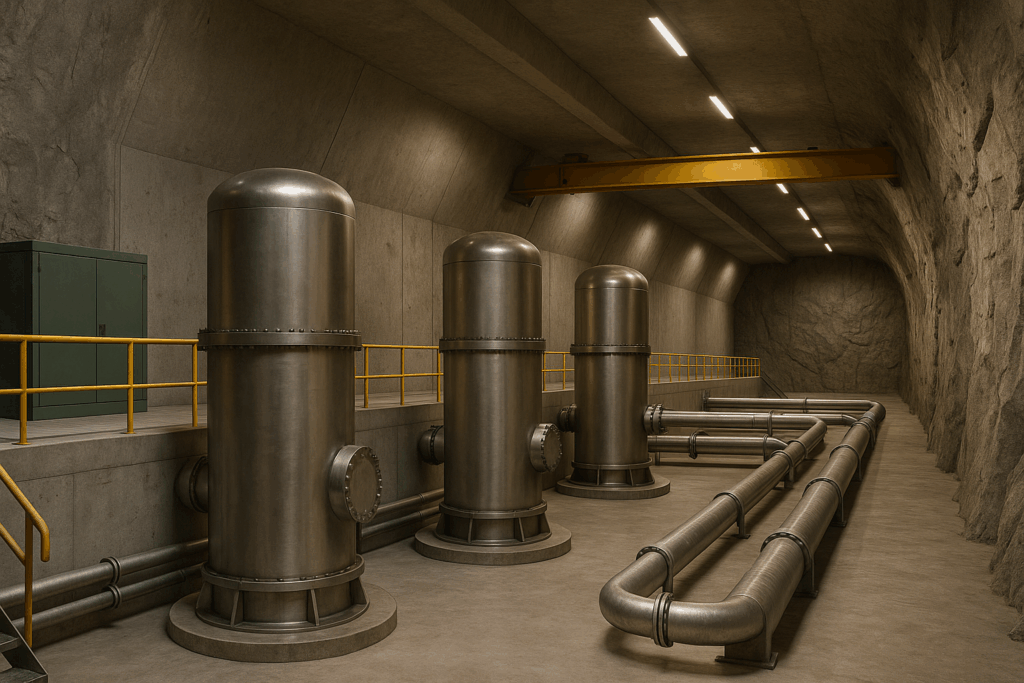Helsinki is planning to use a compact reactor for climate-neutral heat supply. The municipal energy company Helen is relying on a technology that is compatible with the existing district heating system. A mini-reactor is intended to stabilize heating output and promote the energy transition. At the same time, the output of CO2-free heat will increase significantly. (yle: 06.11.25)
Three locations shortlisted
Three specific sites are under consideration: Vuosaari, Salmisaari, and Norrberget. Two of these locations are already connected to the city’s energy system. Existing infrastructure increases planning flexibility and reduces investment costs. In Norrberget, there is scope for a new heat supply model, which could serve as a pilot project in the future.

The planned reactor will provide a consistent supply of heating energy – regardless of weather and time of day. This will improve the supply of emission-free heat. The technical approach simultaneously creates the foundation for greater energy independence in the city’s energy mix.
Technology in the Service of District Heating
A test power plant is being built in Salmisaari. It is dedicated exclusively to heat generation and will provide valuable operational experience. This facility offers a glimpse into the practical application of an emission-free heat supply. At the same time, Helen is also testing reactor concepts that combine electricity and heat generation. Flexible systems facilitate adaptation to future energy requirements. A small power plant of this type is considered not only a supplement but also a cornerstone of a modernized heating infrastructure.
The mini-reactor could also help relieve the burden on the existing district heating system. This will increase the security of supply, especially on particularly cold days. The technology is intended to make urban areas independent of fossil fuels in the long term.
Public Participation
An important step is the environmental impact assessment. It evaluates potential impacts on the natural environment and the urban landscape. Simultaneously, the urban planning process is beginning, in which citizens can also participate. Their ideas and concerns will be incorporated into the project. The exchange will take place, among other events, on November 20th. The city is inviting the public to an open discussion about the planned reactor at the Oodi Central Library.
Open dialogues build trust and contribute to transparent decision-making. Collaborative development increases the project’s acceptance within the city community.
Perspective: Heat Supply for the Future
From 2035 onwards, the reactor is planned to be connected and support the district heating system. This approach demonstrates how urban regions can sustainably secure their heat supply. The project serves as a model for European cities looking for CO2-free alternatives. It advances the energy transition and reduces dependence on imports. The combination of smart grids, emission-free technology, and regional self-sufficiency strengthens the heat infrastructure of the future.
Helsinki shows how a mini-reactor can become a driving force for a stable local heat supply. An example that is likely to attract attention far beyond Finland’s borders.
